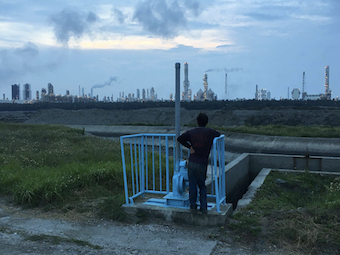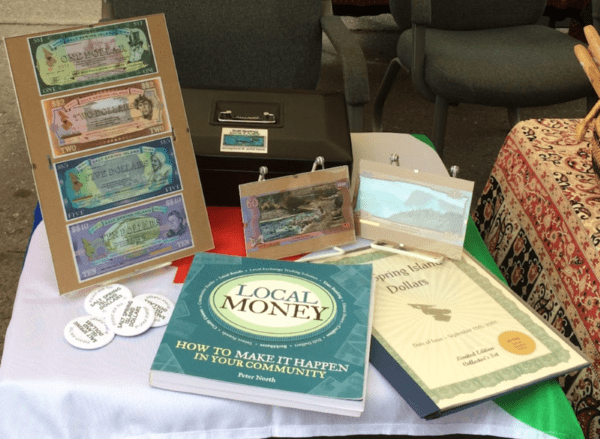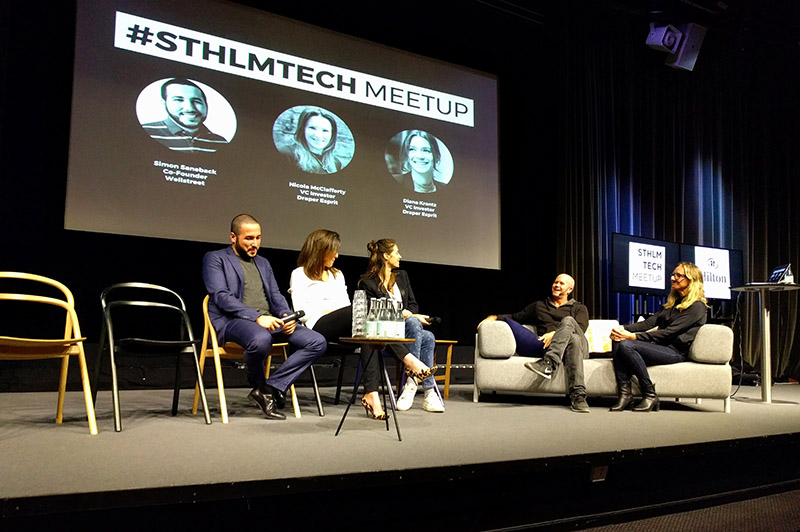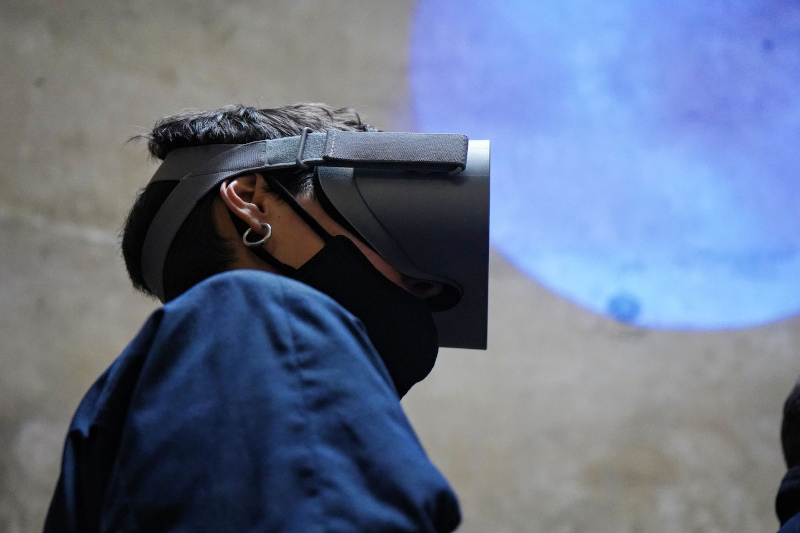
On Drones and Ectoplasms: Breath of Gaia
(Editor’s Note: This blog post is part of the Thematic Series Data Swarms Revisited) How do concepts such as the human condition, human mind, or collectivity transform in a technologically enmeshed world? And how is our understanding of relationality and agency changed in the context of hybrid tech and built infrastructures, networked systems of control? This ongoing project constitutes an artistic performative reflection on the entanglement between human agency and technological advances. In this project, the artist focuses on aerial multicopter technological systems—also known as drones—emphasizing the idea of interdependency and control within human-nonhuman systems, which are capable of informing the sustainable and collective futures of our world. (read more...)






